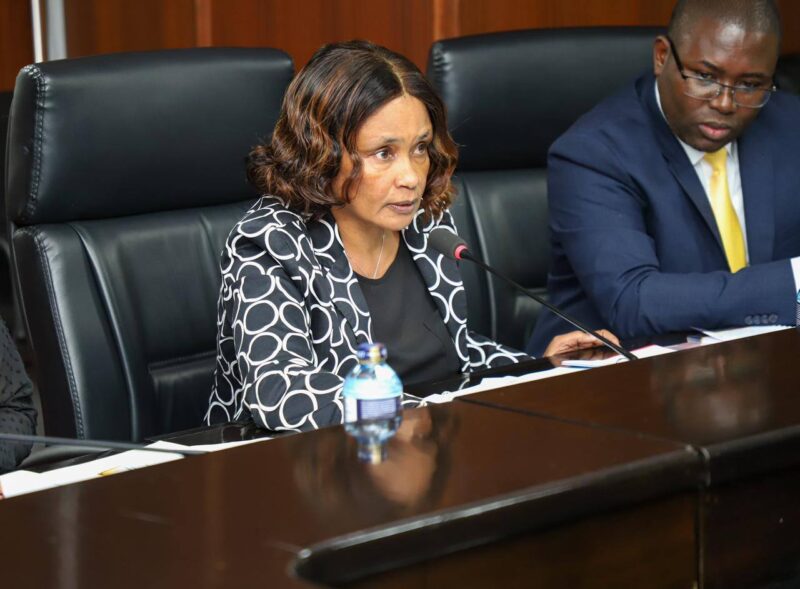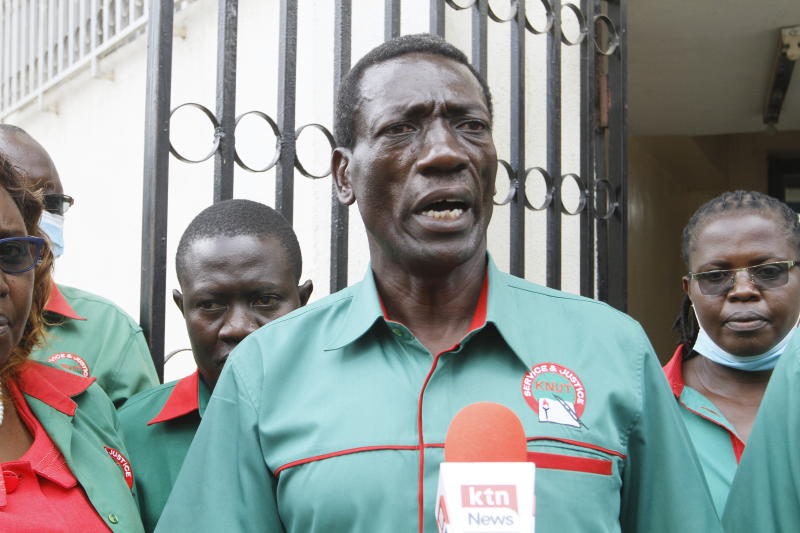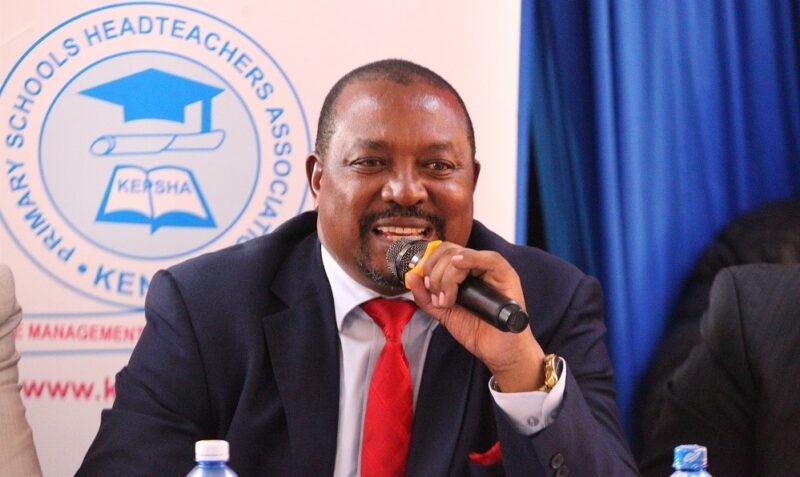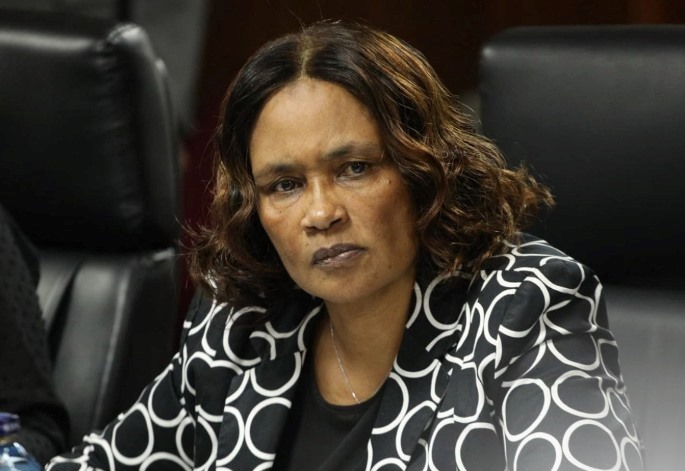Kenya’s acclaimed free education program is now hanging in the balance after the Treasury trimmed secondary school funding from KSh 22,244 to KSh 16,900 per learner per year. This decision, announced during a parliamentary hearing, comes amid mounting economic strain and threatens to derail access to quality education for millions of students.
Treasury Cabinet Secretary John Mbadi, appearing before the Education Committee, admitted the State’s inability to maintain full capitation support. His confession has caused concern among school leaders and education stakeholders, especially as many institutions enter the crucial third term with depleted funds.
Education CS Julius Ogamba acknowledged delays in releasing the capitation money, stating that schools will only receive funds during the third term. According to parliamentary records, just half of Term 1’s allocation had been disbursed, forcing schools to operate below budget.
Primary school co-curricular activities were also affected, with allocations slashed from KSh 76 to just KSh 36 per pupil—a move that threatens the holistic development of learners.
School heads, caught in a financial bind, have resorted to bank loans to manage operations. However, Kenya Secondary School Heads Association chairperson Willie Kuria warned that this is unsustainable. He lamented the contradiction school administrators face: barred from charging extra fees yet expected to run institutions with drastically reduced funding.
The crisis has also sparked calls for major reforms. Suggestions include shifting teacher remuneration to county governments and merging existing bursary and scholarship systems into a transparent framework.
Parents, too, are crying foul. “Education may be declared free, but we’re paying for everything—from meals to learning materials,” one parent from Bungoma said.
Education watchdogs, including Dr. Emmanuel Manyasa of Usawa Agenda, warn that this funding shortfall could lead to increased dropout rates, especially in economically marginalized areas.
In short, Kenya’s free education model is facing a serious financial crunch. Without urgent intervention, students from poor households may find themselves locked out of classrooms, undermining years of progress in educational access and equity.




